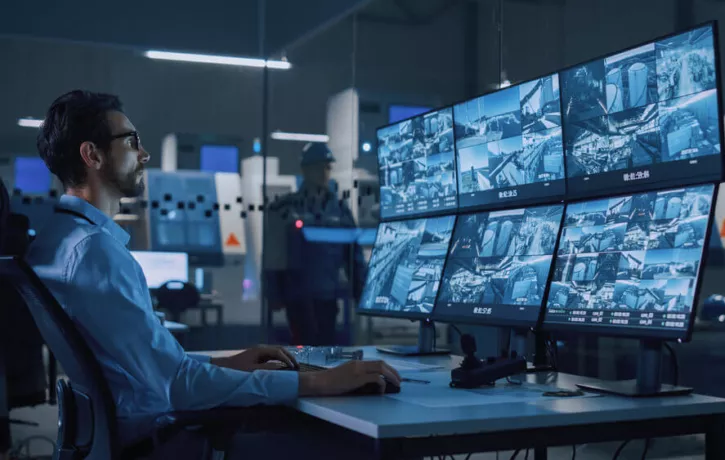Automation and AI for businesses are set to radically transform the way organizations operate and the way employees work.
New tools will absorb repetitive job tasks, and even those that require analysis and decision-making. As a result, job roles will be redefined, employees will focus on more strategic tasks, and workplaces will become more efficient and more productive than ever.
Yet many organizations appear unprepared for tomorrow’s AI-powered workplace, in part because they lack a clear understanding of how these automation platforms will impact their work environments and the business landscape.
AI + Automation = Value
AI and automation go hand-in-hand. While automation is not the sole application of AI, it does receive a lot of attention—and for good reason.
AI-driven automation:
- Can perform certain job tasks far more quickly and more efficiently than humans
- Is almost always more cost-effective than human labor
- Is affecting virtually every business function, including both customer-facing functions and back-office functions
- Will integrate with physical technologies, such as IoT, to further expand the use of automation in the physical realm
The tidal shift to AI is already sweeping across the globe and fueling major productivity improvements in a variety of fields.
Chatbots are one example of how automation can dramatically enhance both customer and employee experiences.
You have most likely seen them used in customer-facing applications and websites, but they are also being adopted and applied in workplaces. They can be used as employee self-service tools to assist with onboarding, employee training, and even to perform entire tasks.
For example, using WalkMe’s automation chatbot, organizations can:
- Create customized workflows that chatbots can execute upon request from employees
- Analyze anonymized data from interactions with chatbots to better understand employees’ needs
- Customize their chatbot’s tone to match the brand voice
Tools such as these combine AI-powered interfaces with workflow automation to significantly enhance the employee experience, decrease employee onboarding and training times, increase productivity, and much more.
A new workforce for a new workplace
AI will drive automation not only in software, but also in the physical environment—changes which will likely alter the workplace in ways that were once only seen in science fiction.
We could experience everything from autonomous AI software in offices to autonomous machines working alongside us in areas such as retail, manufacturing, and construction. While these types of innovations may seem far off and irrelevant to many, the rapid rate of technology adoption suggests that the future may not be as far away as we might think.
BCG suggests that by 2030, less than a decade from now, AI and automation will result in major shifts to labor supply and demand.
According to an analysis they published in 2021, AI and automation will have dramatic impacts on the labor pool, on individual employees, on organizations, and on economies. Automation, they suggest, will dramatically increase the need for tech workers, while lowering the demand for low-skilled positions such as administrative roles.
It is projected that:
- 6 million workers could be needed to fill positions in fields such as computer science and mathematics in the United States
- 1 million workers could be needed to fill similar roles in Germany
- Both unskilled and white collar workers will face competition from automation
These numbers will be affected by factors such as the respective country’s rate of technology adoption, its GDP growth, and workforce supply and demand. One conclusion offered is that reskilling should be a top priority.
An adaptable workforce will be more prepared for tomorrow’s technology-driven world. They also point out that automation will result in positives for many workers. Employees who can hand off tasks to automation will have more free time to take on strategic activities and duties.
Are there downsides to AI and automation?
While there is much to be excited about, AI, like most technology, comes with both benefits and drawbacks.
On the one hand, companies that leverage AI can experience massive gains in productivity, performance, and agility. The effective use of AI can ultimately generate a major competitive advantage in the marketplace.
On the other hand, large-scale automation in the workplace also means employees will need to upskill appropriately in order to stay relevant and productive.
Those who are unable to adapt will be less valuable in the marketplace, which will not only be detrimental to their own careers, but also to their employer’s operations. Among CEOs who are “extremely concerned” about the availability of key skills, 55% feel they are not able to innovate effectively.
While AI does promise great things for the world of business performance, it will also compel many organizations and employees to adapt and adopt new approaches to work.
Key takeaways
AI and automation will increase the need for digitally savvy workers who can think strategically and adapt to a fast-changing workplace. This emphasizes the need for increased employee training, reskilling, and upskilling—not only for employees’ sake, but also for the benefit of employers. After all, an organization’s agility, resilience, and performance all depend on its workforce.

